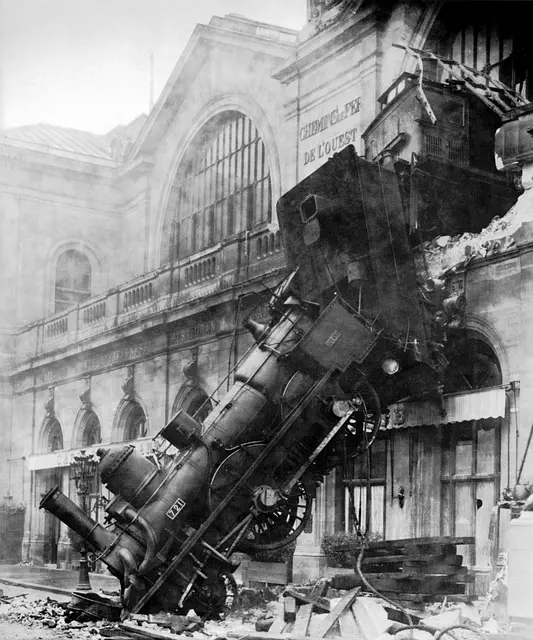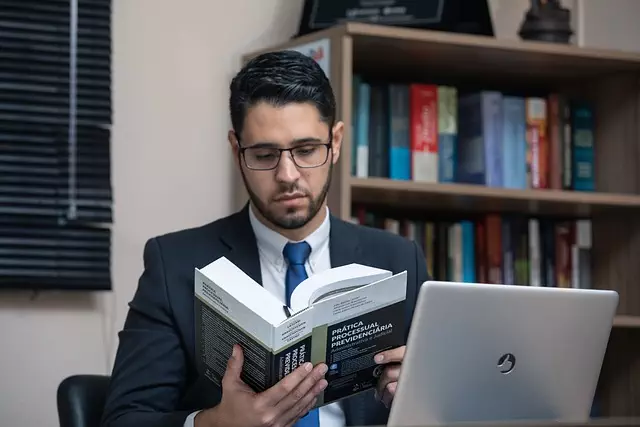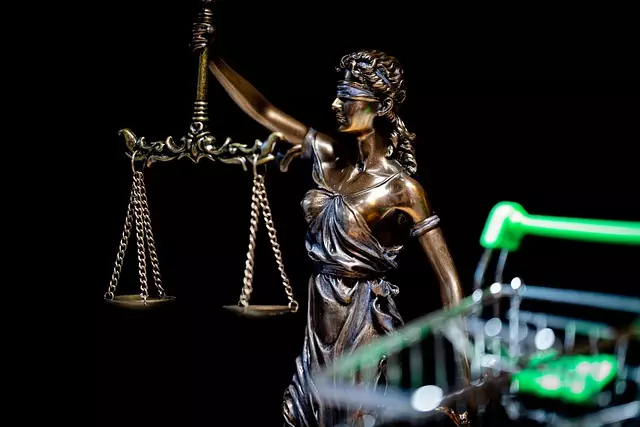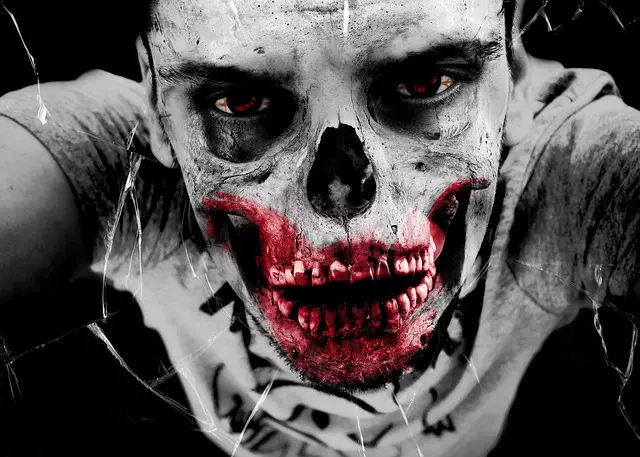In Bus Company Liability Cases Brooklyn, motorcycle accident reconstruction is a meticulous process using evidence analysis, computer simulations, and forensic techniques to determine fault. This approach ensures justice by holding bus companies accountable for negligence, such as driver error or inadequate training, leading to accidents with severe consequences. Legal specialists in Brooklyn navigate complex state and federal regulations to help victims seek compensation for medical bills, property damage, and pain and suffering, guided by past precedents like intersection collisions and driver fatigue cases.
“In Brooklyn, motorcycle accidents often raise complex questions of liability, especially involving bus companies. This article delves into the intricacies of Motorcycle Accident Reconstruction and explores Bus Company Liability Cases Brooklyn. We examine how experts reconstruct scenes, analyze evidence, and prove fault.
From understanding the legal framework surrounding bus company liability to studying successful cases, this guide offers valuable insights for those affected by such accidents. Learn about your rights and navigate the path to justice.”
- Understanding Motorcycle Accident Reconstruction
- Bus Company Liability in Brooklyn: Legal Aspects
- The Process of Investigating and Proving Fault
- Case Studies: Successful Bus Company Liability Cases in Brooklyn
Understanding Motorcycle Accident Reconstruction

Motorcycle accident reconstruction is a meticulous process that involves piecing together the events leading up to and during a collision to determine liability. In Bus Company Liability Cases Brooklyn, this becomes especially crucial as it helps establish fault and ensure justice for injured parties. Experts in this field use advanced techniques, such as computer simulations and forensic analysis, to recreate the accident scene and the movements of all involved vehicles.
This reconstruction goes beyond simply retracing the physical evidence left at the scene. It also considers human factors, including driver behavior, reaction times, and visibility, to provide a comprehensive understanding of what happened. By analyzing these elements, investigators can identify if a bus company or other party played a role in causing the accident, leading to potentially significant compensation for victims and their families.
Bus Company Liability in Brooklyn: Legal Aspects

In Brooklyn, bus company liability cases are governed by a complex interplay of state and federal laws. When a motorcycle accident involves a public transit vehicle, establishing liability becomes a intricate legal matter. The first step in any case is to prove negligence on the part of the bus company or its employees. This includes demonstrating that the driver was negligent in their operations, such as speeding, failure to yield, or improper lane changes, leading to the accident.
Bus companies are held to high standards of care due to the nature of their operations, and any deviation from these standards can result in significant legal ramifications. Victims of motorcycle accidents involving buses have the right to seek compensation for medical expenses, property damage, and pain and suffering. Legal experts specializing in bus company liability cases in Brooklyn are crucial in navigating these complex laws to ensure victims receive the justice they deserve.
The Process of Investigating and Proving Fault

In the event of a motorcycle accident in Brooklyn, investigating and proving fault is a meticulous process that involves gathering evidence, witness statements, and expert opinions. It’s crucial to determine who or what contributed to the collision, especially in cases involving bus company liability. This includes examining the conduct of both drivers, any mechanical issues with vehicles, road conditions, and compliance with traffic laws.
For bus company liability cases in Brooklyn, investigators will scrutinize the training and supervision of drivers, maintenance records of buses, and policies set by the transportation company. They’ll analyze surveillance footage, if available, to reconstruct the sequence of events leading up to the accident. This thorough investigation aims to establish beyond a reasonable doubt how the incident occurred and who is at fault, ensuring justice for the motorcycle operator involved.
Case Studies: Successful Bus Company Liability Cases in Brooklyn

In the realm of Bus Company Liability Cases Brooklyn, successful precedents set by past cases play a crucial role in shaping legal strategies and outcomes. These case studies offer invaluable insights into how courts interpret and apply laws regarding public transportation safety. One notable example involves a plaintiff who suffered severe injuries after being struck by a city bus that failed to yield at an intersection. Through meticulous accident reconstruction, the attorney demonstrated the driver’s negligence, resulting in a substantial settlement.
Another compelling case highlights the liability of a private bus company for a collision caused by a fatigued driver. The victim’s legal team presented strong evidence, including expert testimony on sleep deprivation effects and detailed logs showing the driver’s irregular rest patterns. This led to a successful verdict, emphasizing the company’s responsibility in ensuring drivers maintain adequate rest for safe operation. Such cases not only ensure justice for victims but also serve as guidelines for future Bus Company Liability Cases Brooklyn.
Motorcycle accident reconstruction plays a pivotal role in determining liability, especially in complex cases involving bus companies in Brooklyn. By understanding the intricate process of investigation and proof, individuals affected by such accidents can navigate the legal landscape more effectively. The case studies highlighted herein demonstrate the successful pursuit of Bus Company Liability Cases Brooklyn, underscoring the importance of thorough reconstruction techniques in securing justice. These insights empower riders to recognize their rights and take informed steps following a collision, ultimately contributing to a safer transportation environment.
